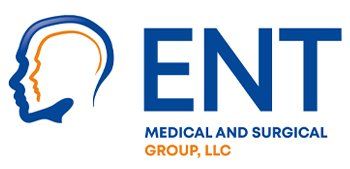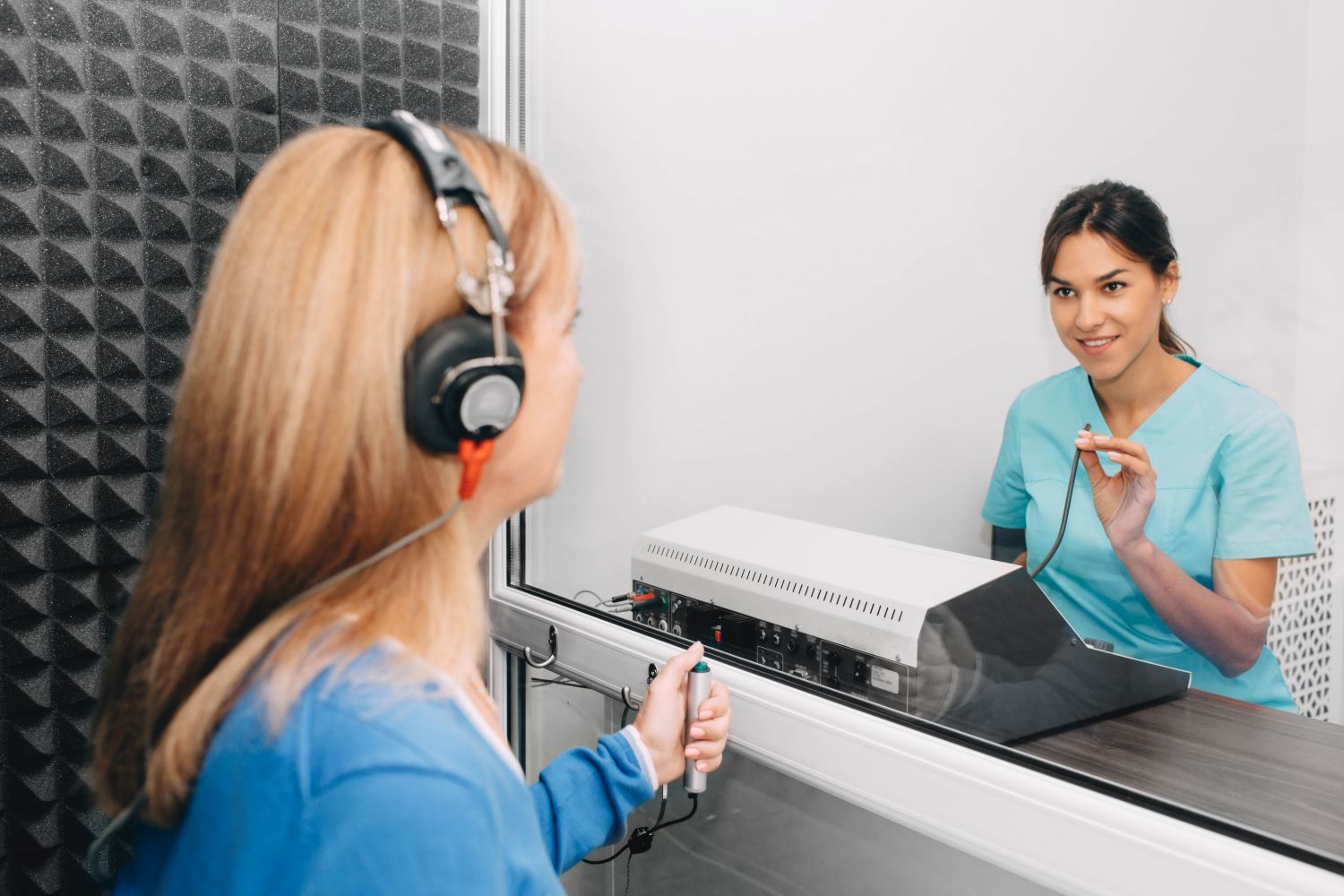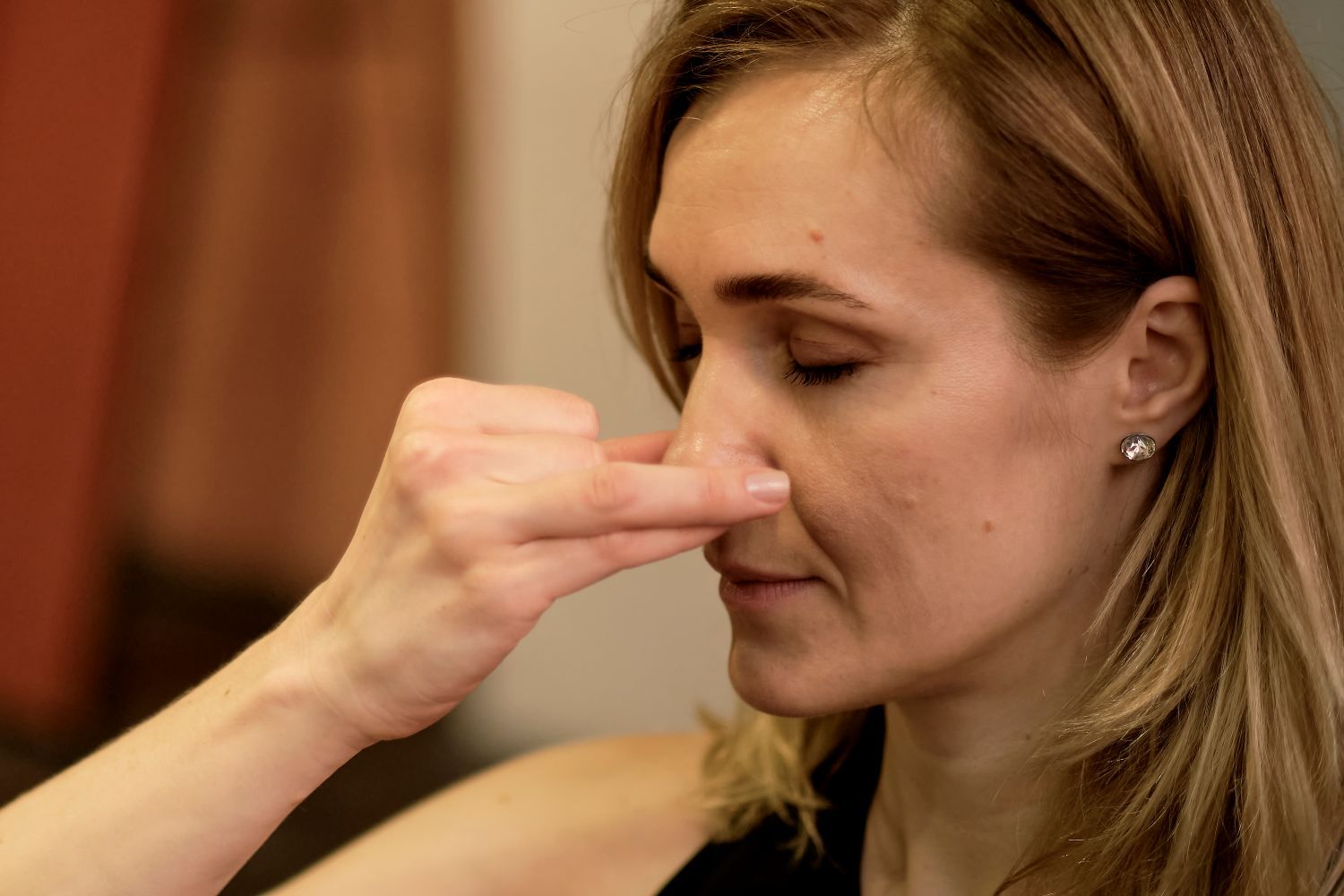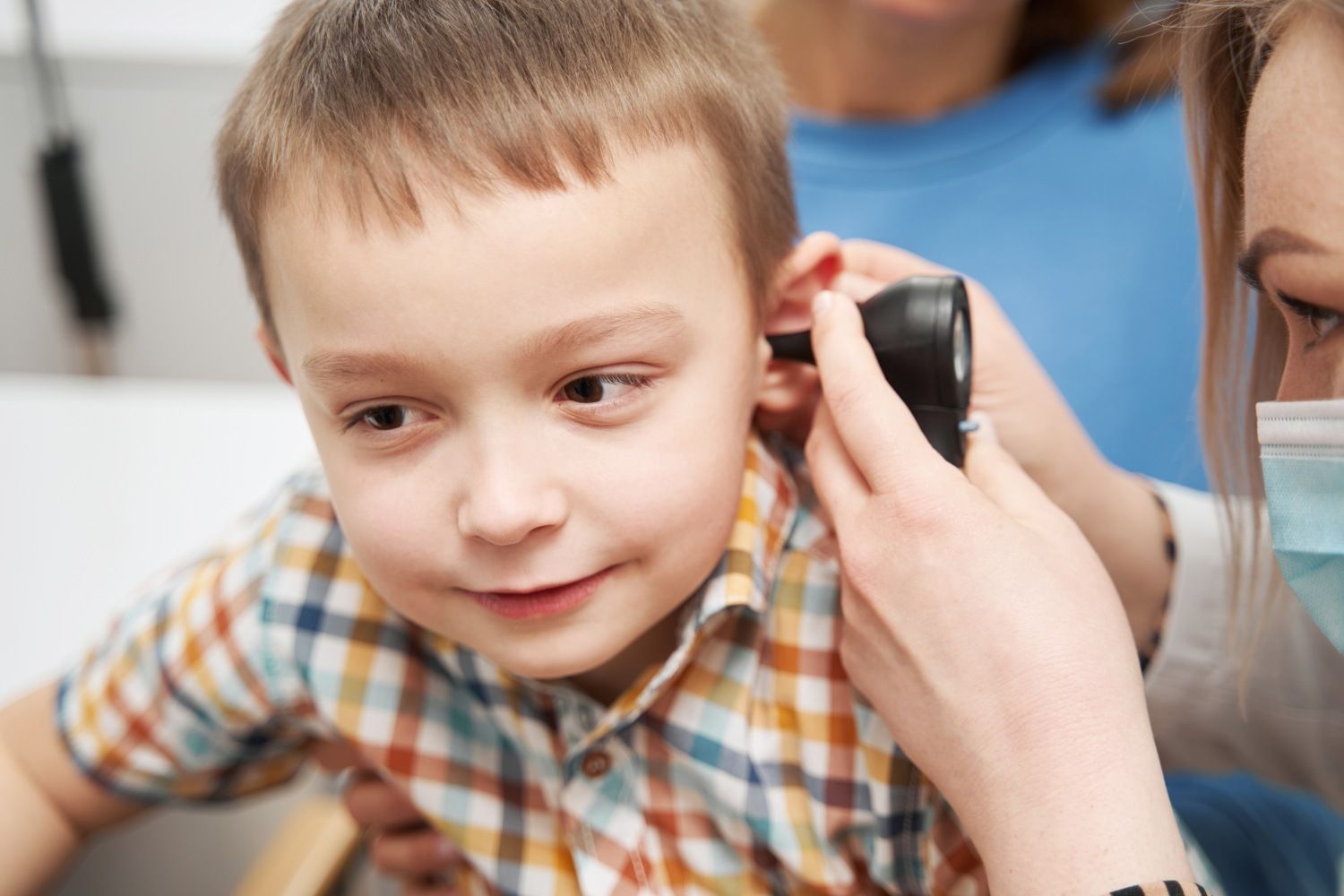The Impact of Chronic Sinusitis
Do you have persistent nasal congestion, difficulty breathing through your nose, and swelling around your eyes? If so, you may be suffering from chronic sinusitis. Chronic sinusitis also influences your general quality of life. It affects your ability to smell and taste, sleep and even work.
Read on to learn the impact of chronic sinusitis on your health and lifestyle.
What is Chronic Sinusitis?
Chronic sinusitis is a condition that affects nearly 30 million Americans, causing discomfort and disruption in their daily lives. It happens when the sinuses, which are air-filled cavities in the face, become inflamed and swollen for an extended period of time, typically lasting more than 12 weeks. This leads to a range of symptoms such as nasal congestion, headache, facial pressure, and a reduced sense of smell.
How Does Chronic Sinusitis Impact Quality of Life?
1) The Inability to Smell or Taste
Chronic nasal congestion can significantly impair the ability to smell and taste. Unfortunately, being able to smell and taste food plays a big influence on one’s enjoyment of food. When you cannot smell your food, you may have less appetite and eat less food. You may also choose food that tastes better but does not have enough nutrients to make up for the loss of smell or taste.
2) Lack of Sleep
Around 75% of people with chronic sinusitis have difficulty sleeping. The resulting fatigue and irritability can affect your mood and overall quality of life, so it’s important that individuals suffering from chronic sinusitis seek treatment to enjoy more restful sleep.
3) Reduction in Productivity
Chronic sinusitis can impede your productivity by causing symptoms such as headache, fatigue, and reduced cognitive function. You may end up going to many medical appointments to try and control the symptoms, which often results in missed work days and increased stress for you and your employer.
4) Increased Costs
Frequent doctor visits, prescription medications, and over-the-counter remedies can quickly add up for people suffering from chronic sinusitis. Additionally, the condition can cause missed workdays and decreased productivity, leading to potential loss of income over time.
5) Reduced Enjoyment
Symptoms such as facial pain, congestion, and difficulty breathing can cause significant discomfort and make it challenging to participate in otherwise enjoyable activities. Moreover, the emotional toll of dealing with chronic illness can lead to depression, anxiety, and social isolation, further reducing your ability to enjoy life.
When to Visit Your Healthcare Provider
If you are experiencing symptoms of chronic sinusitis for longer than 10 days, or have experienced sinusitis previously without improvement, schedule an appointment with your doctor.
Consult a doctor immediately if you have the following symptoms:
● Fever
● Forehead swelling
● Terrible headache
● Redness or swelling around your eyes
● Confusion
● Stiff neck
● Double vision
If you still aren’t sure whether you need to see a doctor, feel free to call us today. We’ll be happy to discuss your situation and make an appropriate recommendation.
The ENT Medical and Surgical Group is committed to your well-being and ensuring you have a comfortable experience with us. Get in touch with us and let us know how we can help! We genuinely care about your well-being and go above and above to ensure you have a comfortable experience with us.













